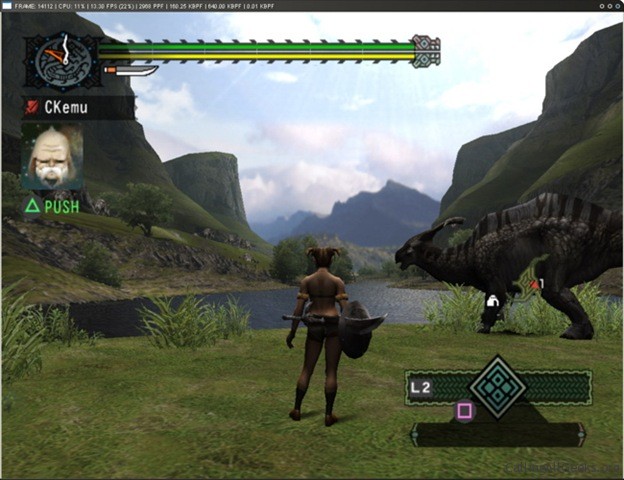


Lack or filtering is very serious limitation For example FP textures on ATI…If something is a texture it MUST have all texture properties and behave like regular texture object, no metter is it byte, short, half or float pixelformat. HW vendors MUST agree about some feature. R2VB is nice feature, but Im afraid… it will be used in very rare situations… maybe in some very hw dependent software. Now, we are facing with texture filtering issue on ATI. Game don’t use extra features from hw-1 and hw-2… ie… useless tranistors on GPUīecause of this, most games doesn’t use 3Dc or Vertex texture fetch.Game work nice on both hw, but not using latest features and effects.Game work perfectly on hw-1 but work sloppy on hw-2.This force developers to write separate codepaths for ATI na NVidia. Combination of this effect may or may not work on some hardware.īigger problem is huge and growing hw architecture difference. You can play games with or without HDR and with or without FSAA. I just not understand why Nvidia dont implemented High Dynamic Hange with FSAA …it turned to be a great point in favor of ATI hardware…at least for gamers I dont wanna to bring a discussion…just trying to get some information =) I use to call ATI as she =P … from what i am reading here…it seems that ATI hardware is more fore gaming than for developing…looks like tha hardware lack in the support for some OpenGl features…these features that lacks in ATI hardware are too important for 3D development? you guys tha work with this (im just a gamer trying to understand things better) … any of you use ATI to work? in this area how does Nvidia compare with ATI? These not only require GPUs that merely support branching (PS3.0, VS2a). At least 4 GB of discrete video memory (8 GB recommended). Kepler-, Maxwell-, Pascal-, Volta, or Turing-based cards are recommended (Maxwell 2000 or better). Ansys Discovery Live: NVIDIA Discrete graphics card (Quadro recommended) with the latest drivers. I also would like to have instancing but I see they have good reasons for not proposing it.hmm thanks…so because of marshalling…instancing become “useless” because marshalling can do the same and can do it faster?.tha is what i have understood And, how exactly Shader Model 3.0 on GeForce 6 cards is not as efficient as. a minimum, OpenGL version 4.5, DirectX 11, Shader Model 5.0.

Because of this, the improvement using instancing it’s expected to be so low it’s not worth implementing it. Marshalling allows to take a certain amount of calls (say 150 but it’s just a random number) and send them all at once to the video card, thus eating much less cpu power than their counterpart. Some other users notice however that GL has marshalling. Some OpenGL users noticed that GPU performance improve almost with batch size and that there’s no point in using 2000 function calls when you can do, say, just 400. This question comes regularly in other forms… try check it out but the outline follows: It’s not that it not useful it’s just much less useful than d3d. Originally posted by armored_spiderman:Ĭan you explain better to me how instancing can be good in d3d and not in OGL?


 0 kommentar(er)
0 kommentar(er)
